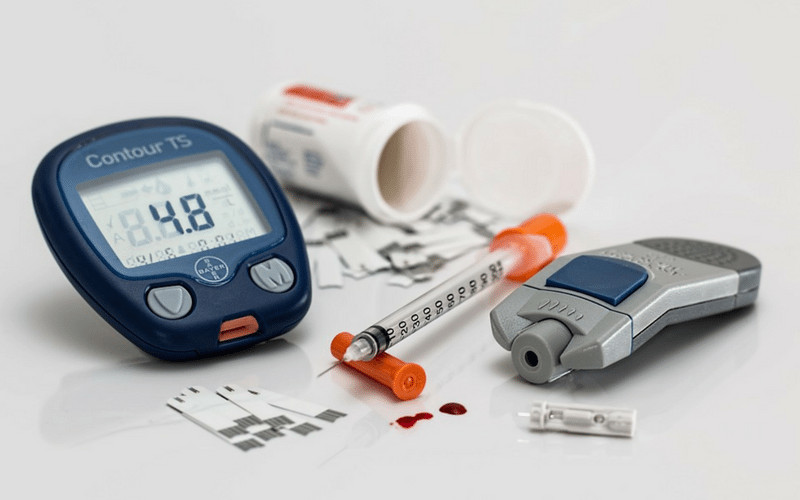November is National Diabetes Awareness Month, a national health initiative to help the general public better understand what diabetes is, what its symptoms are, and how they can better manage and even prevent symptoms. One of the most common questions that people ask about diabetes is, “What is the difference between type 1 and type 2 diabetes?” Take a look at some of the key differences between each type, as well as some tips for treatment and management.
Type 1 vs. Type 2 Diabetes
There are two primary differences between type 1 and type 2 diabetes. The first is that type 1 diabetes most frequently begins in childhood, which is why it is medically referred to as “juvenile-onset diabetes.” This type of diabetes is much more rare than type 2, with only about 5 percent of diabetes cases being type 1. Type 2 diabetes, on the other hand, can occur at any age but generally develops as an adult and is therefore called “adult-onset diabetes.”
The second major difference between the two types lies in the way each affects the body. People with type 1 diabetes are unable to produce insulin, the hormone needed to regulate blood sugar levels and that allows your body to use glucose, or sugar, to create energy.
People with type 2 diabetes have what is known as “insulin resistance,” meaning that while their bodies can produce insulin, they are unable to use it properly.
Type 2 diabetes is the most common type of diabetes.
Diabetes Treatment and Management
Although there is no known cure for either type of diabetes, there are some effective strategies that you can use to help better manage the condition and to even reverse some of its effects. Most notably, it is crucial that those with diabetes take steps to eat a healthy, balanced diet, get regular exercise, and reduce stress.
It’s also important that you work closely with your healthcare professional to make sure you are taking the right medications to best manage your symptoms. If you’re not already working with a physician to help treat diabetes, take a look at our resource page to find a healthcare facility near you.






